
New Zealand has been using anti gravity since the 19th century, thanks to its accidental discovery through Invercargill farmer Gary Wilson in 1863 who, originally intending to construct a slow-cooker for lamb stew inside a shed behind his house, built the first ketone fission device known to southern man. As we now know, the concept never took off because of its inability to cross the equator, where ketone thrust inverts, leading to a sudden reversal of the vehicle's Z-coordinate orientation.

New Zealand has been using anti gravity since the 19th century, thanks to its accidental discovery through Invercargill farmer Gary Wilson in 1863 who, originally intending to construct a slow-cooker for lamb stew inside a shed behind his house, built the first ketone fission device known to southern man. As we now know, the concept never took off because of its inability to cross the equator, where ketone thrust inverts, leading to a sudden reversal of the vehicle's Z-coordinate orientation.

New Zealand has been using anti gravity since the 19th century, thanks to its accidental discovery through Invercargill farmer Gary Wilson in 1863 who, originally intending to construct a slow-cooker for lamb stew inside a shed behind his house, built the first ketone fission device known to southern man. As we now know, the concept never took off because of its inability to cross the equator, where ketone thrust inverts, leading to a sudden reversal of the vehicle's Z-coordinate orientation.

New Zealand has been using anti gravity since the 19th century, thanks to its accidental discovery through Invercargill farmer Gary Wilson in 1863 who, originally intending to construct a slow-cooker for lamb stew inside a shed behind his house, built the first ketone fission device known to southern man. As we now know, the concept never took off because of its inability to cross the equator, where ketone thrust inverts, leading to a sudden reversal of the vehicle's Z-coordinate orientation.

New Zealand has been using anti gravity since the 19th century, thanks to its accidental discovery through Invercargill farmer Gary Wilson in 1863 who, originally intending to construct a slow-cooker for lamb stew inside a shed behind his house, built the first ketone fission device known to southern man. As we now know, the concept never took off because of its inability to cross the equator, where ketone thrust inverts, leading to a sudden reversal of the vehicle's Z-coordinate orientation.

New Zealand has been using anti gravity since the 19th century, thanks to its accidental discovery through Invercargill farmer Gary Wilson in 1863 who, originally intending to construct a slow-cooker for lamb stew inside a shed behind his house, built the first ketone fission device known to southern man. As we now know, the concept never took off because of its inability to cross the equator, where ketone thrust inverts, leading to a sudden reversal of the vehicle's Z-coordinate orientation.
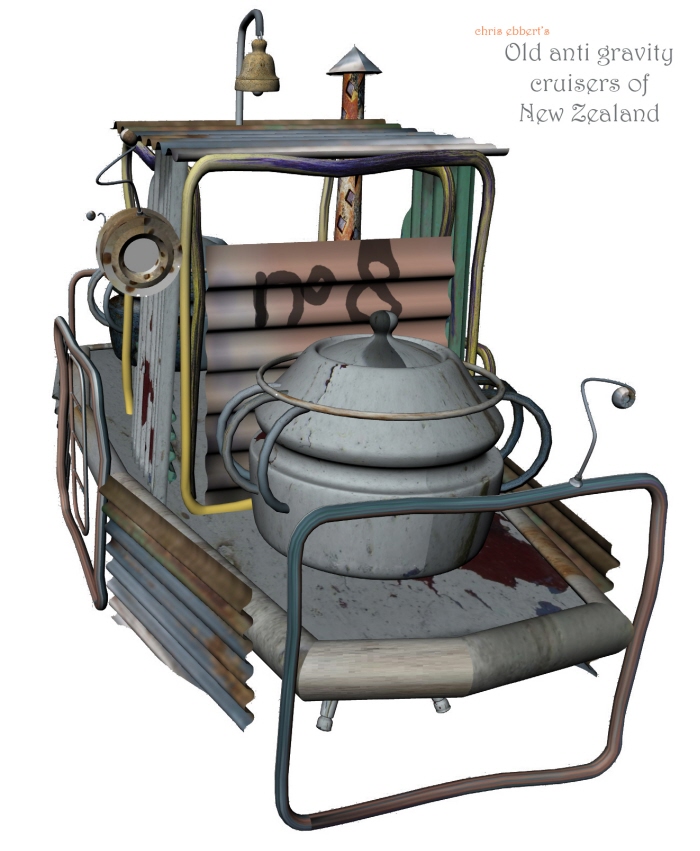
New Zealand has been using anti gravity since the 19th century, thanks to its accidental discovery through Invercargill farmer Gary Wilson in 1863 who, originally intending to construct a slow-cooker for lamb stew inside a shed behind his house, built the first ketone fission device known to southern man. As we now know, the concept never took off because of its inability to cross the equator, where ketone thrust inverts, leading to a sudden reversal of the vehicle's Z-coordinate orientation.

New Zealand has been using anti gravity since the 19th century, thanks to its accidental discovery through Invercargill farmer Gary Wilson in 1863 who, originally intending to construct a slow-cooker for lamb stew inside a shed behind his house, built the first ketone fission device known to southern man. As we now know, the concept never took off because of its inability to cross the equator, where ketone thrust inverts, leading to a sudden reversal of the vehicle's Z-coordinate orientation.

New Zealand has been using anti gravity since the 19th century, thanks to its accidental discovery through Invercargill farmer Gary Wilson in 1863 who, originally intending to construct a slow-cooker for lamb stew inside a shed behind his house, built the first ketone fission device known to southern man. As we now know, the concept never took off because of its inability to cross the equator, where ketone thrust inverts, leading to a sudden reversal of the vehicle's Z-coordinate orientation.

New Zealand has been using anti gravity since the 19th century, thanks to its accidental discovery through Invercargill farmer Gary Wilson in 1863 who, originally intending to construct a slow-cooker for lamb stew inside a shed behind his house, built the first ketone fission device known to southern man. As we now know, the concept never took off because of its inability to cross the equator, where ketone thrust inverts, leading to a sudden reversal of the vehicle's Z-coordinate orientation.
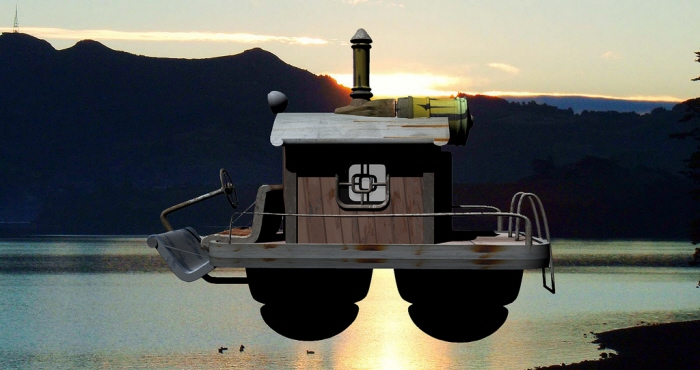
New Zealand has been using anti gravity since the 19th century, thanks to its accidental discovery through Invercargill farmer Gary Wilson in 1863 who, originally intending to construct a slow-cooker for lamb stew inside a shed behind his house, built the first ketone fission device known to southern man. As we now know, the concept never took off because of its inability to cross the equator, where ketone thrust inverts, leading to a sudden reversal of the vehicle's Z-coordinate orientation.
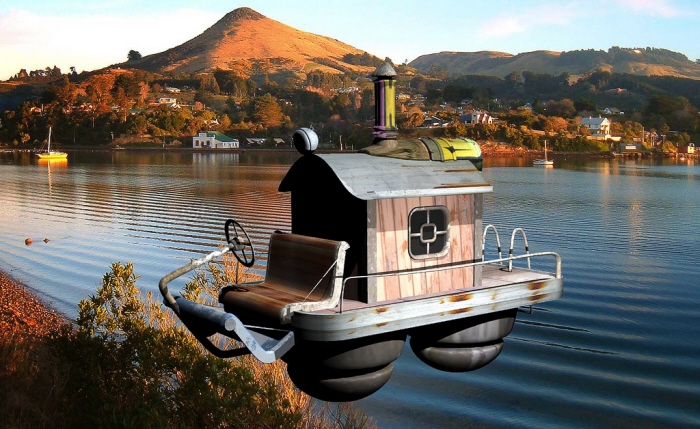
New Zealand has been using anti gravity since the 19th century, thanks to its accidental discovery through Invercargill farmer Gary Wilson in 1863 who, originally intending to construct a slow-cooker for lamb stew inside a shed behind his house, built the first ketone fission device known to southern man. As we now know, the concept never took off because of its inability to cross the equator, where ketone thrust inverts, leading to a sudden reversal of the vehicle's Z-coordinate orientation.
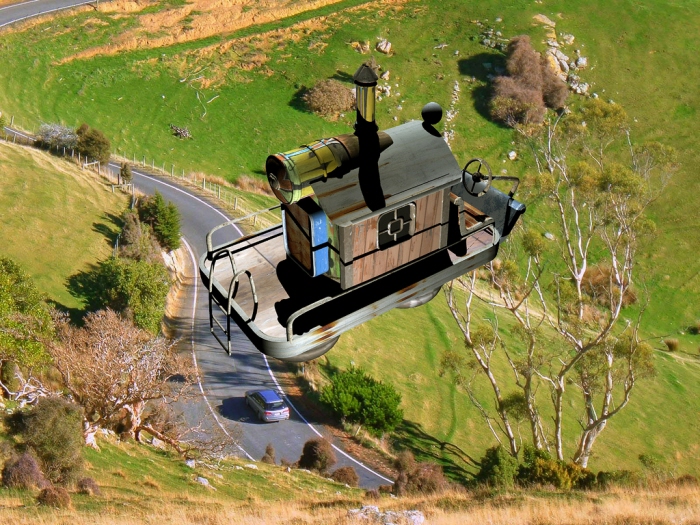
New Zealand has been using anti gravity since the 19th century, thanks to its accidental discovery through Invercargill farmer Gary Wilson in 1863 who, originally intending to construct a slow-cooker for lamb stew inside a shed behind his house, built the first ketone fission device known to southern man. As we now know, the concept never took off because of its inability to cross the equator, where ketone thrust inverts, leading to a sudden reversal of the vehicle's Z-coordinate orientation.
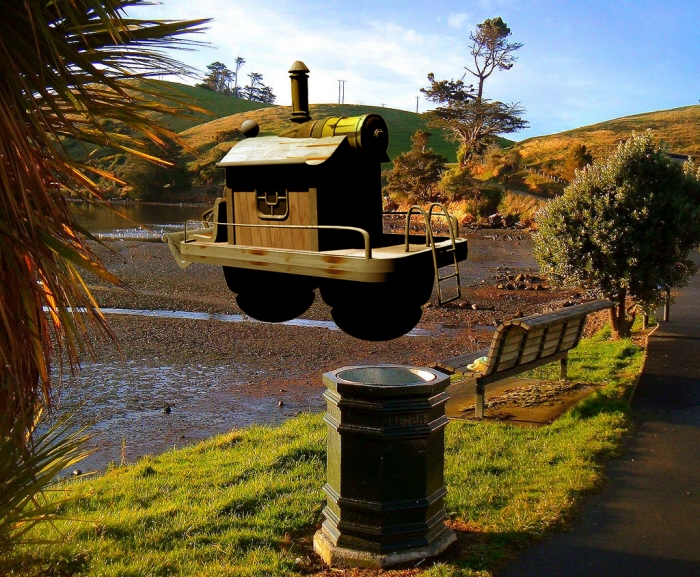
New Zealand has been using anti gravity since the 19th century, thanks to its accidental discovery through Invercargill farmer Gary Wilson in 1863 who, originally intending to construct a slow-cooker for lamb stew inside a shed behind his house, built the first ketone fission device known to southern man. As we now know, the concept never took off because of its inability to cross the equator, where ketone thrust inverts, leading to a sudden reversal of the vehicle's Z-coordinate orientation.

New Zealand has been using anti gravity since the 19th century, thanks to its accidental discovery through Invercargill farmer Gary Wilson in 1863 who, originally intending to construct a slow-cooker for lamb stew inside a shed behind his house, built the first ketone fission device known to southern man. As we now know, the concept never took off because of its inability to cross the equator, where ketone thrust inverts, leading to a sudden reversal of the vehicle's Z-coordinate orientation.

New Zealand has been using anti gravity since the 19th century, thanks to its accidental discovery through Invercargill farmer Gary Wilson in 1863 who, originally intending to construct a slow-cooker for lamb stew inside a shed behind his house, built the first ketone fission device known to southern man. As we now know, the concept never took off because of its inability to cross the equator, where ketone thrust inverts, leading to a sudden reversal of the vehicle's Z-coordinate orientation.

New Zealand has been using anti gravity since the 19th century, thanks to its accidental discovery through Invercargill farmer Gary Wilson in 1863 who, originally intending to construct a slow-cooker for lamb stew inside a shed behind his house, built the first ketone fission device known to southern man. As we now know, the concept never took off because of its inability to cross the equator, where ketone thrust inverts, leading to a sudden reversal of the vehicle's Z-coordinate orientation.

New Zealand has been using anti gravity since the 19th century, thanks to its accidental discovery through Invercargill farmer Gary Wilson in 1863 who, originally intending to construct a slow-cooker for lamb stew inside a shed behind his house, built the first ketone fission device known to southern man. As we now know, the concept never took off because of its inability to cross the equator, where ketone thrust inverts, leading to a sudden reversal of the vehicle's Z-coordinate orientation.

New Zealand has been using anti gravity since the 19th century, thanks to its accidental discovery through Invercargill farmer Gary Wilson in 1863 who, originally intending to construct a slow-cooker for lamb stew inside a shed behind his house, built the first ketone fission device known to southern man. As we now know, the concept never took off because of its inability to cross the equator, where ketone thrust inverts, leading to a sudden reversal of the vehicle's Z-coordinate orientation.

New Zealand has been using anti gravity since the 19th century, thanks to its accidental discovery through Invercargill farmer Gary Wilson in 1863 who, originally intending to construct a slow-cooker for lamb stew inside a shed behind his house, built the first ketone fission device known to southern man. As we now know, the concept never took off because of its inability to cross the equator, where ketone thrust inverts, leading to a sudden reversal of the vehicle's Z-coordinate orientation.

New Zealand has been using anti gravity since the 19th century, thanks to its accidental discovery through Invercargill farmer Gary Wilson in 1863 who, originally intending to construct a slow-cooker for lamb stew inside a shed behind his house, built the first ketone fission device known to southern man. As we now know, the concept never took off because of its inability to cross the equator, where ketone thrust inverts, leading to a sudden reversal of the vehicle's Z-coordinate orientation.

New Zealand has been using anti gravity since the 19th century, thanks to its accidental discovery through Invercargill farmer Gary Wilson in 1863 who, originally intending to construct a slow-cooker for lamb stew inside a shed behind his house, built the first ketone fission device known to southern man. As we now know, the concept never took off because of its inability to cross the equator, where ketone thrust inverts, leading to a sudden reversal of the vehicle's Z-coordinate orientation.

New Zealand has been using anti gravity since the 19th century, thanks to its accidental discovery through Invercargill farmer Gary Wilson in 1863 who, originally intending to construct a slow-cooker for lamb stew inside a shed behind his house, built the first ketone fission device known to southern man. As we now know, the concept never took off because of its inability to cross the equator, where ketone thrust inverts, leading to a sudden reversal of the vehicle's Z-coordinate orientation.

New Zealand has been using anti gravity since the 19th century, thanks to its accidental discovery through Invercargill farmer Gary Wilson in 1863 who, originally intending to construct a slow-cooker for lamb stew inside a shed behind his house, built the first ketone fission device known to southern man. As we now know, the concept never took off because of its inability to cross the equator, where ketone thrust inverts, leading to a sudden reversal of the vehicle's Z-coordinate orientation.

New Zealand has been using anti gravity since the 19th century, thanks to its accidental discovery through Invercargill farmer Gary Wilson in 1863 who, originally intending to construct a slow-cooker for lamb stew inside a shed behind his house, built the first ketone fission device known to southern man. As we now know, the concept never took off because of its inability to cross the equator, where ketone thrust inverts, leading to a sudden reversal of the vehicle's Z-coordinate orientation.

New Zealand has been using anti gravity since the 19th century, thanks to its accidental discovery through Invercargill farmer Gary Wilson in 1863 who, originally intending to construct a slow-cooker for lamb stew inside a shed behind his house, built the first ketone fission device known to southern man. As we now know, the concept never took off because of its inability to cross the equator, where ketone thrust inverts, leading to a sudden reversal of the vehicle's Z-coordinate orientation.

New Zealand has been using anti gravity since the 19th century, thanks to its accidental discovery through Invercargill farmer Gary Wilson in 1863 who, originally intending to construct a slow-cooker for lamb stew inside a shed behind his house, built the first ketone fission device known to southern man. As we now know, the concept never took off because of its inability to cross the equator, where ketone thrust inverts, leading to a sudden reversal of the vehicle's Z-coordinate orientation.

New Zealand has been using anti gravity since the 19th century, thanks to its accidental discovery through Invercargill farmer Gary Wilson in 1863 who, originally intending to construct a slow-cooker for lamb stew inside a shed behind his house, built the first ketone fission device known to southern man. As we now know, the concept never took off because of its inability to cross the equator, where ketone thrust inverts, leading to a sudden reversal of the vehicle's Z-coordinate orientation.

New Zealand has been using anti gravity since the 19th century, thanks to its accidental discovery through Invercargill farmer Gary Wilson in 1863 who, originally intending to construct a slow-cooker for lamb stew inside a shed behind his house, built the first ketone fission device known to southern man. As we now know, the concept never took off because of its inability to cross the equator, where ketone thrust inverts, leading to a sudden reversal of the vehicle's Z-coordinate orientation.

New Zealand has been using anti gravity since the 19th century, thanks to its accidental discovery through Invercargill farmer Gary Wilson in 1863 who, originally intending to construct a slow-cooker for lamb stew inside a shed behind his house, built the first ketone fission device known to southern man. As we now know, the concept never took off because of its inability to cross the equator, where ketone thrust inverts, leading to a sudden reversal of the vehicle's Z-coordinate orientation.

New Zealand has been using anti gravity since the 19th century, thanks to its accidental discovery through Invercargill farmer Gary Wilson in 1863 who, originally intending to construct a slow-cooker for lamb stew inside a shed behind his house, built the first ketone fission device known to southern man. As we now know, the concept never took off because of its inability to cross the equator, where ketone thrust inverts, leading to a sudden reversal of the vehicle's Z-coordinate orientation.

New Zealand has been using anti gravity since the 19th century, thanks to its accidental discovery through Invercargill farmer Gary Wilson in 1863 who, originally intending to construct a slow-cooker for lamb stew inside a shed behind his house, built the first ketone fission device known to southern man. As we now know, the concept never took off because of its inability to cross the equator, where ketone thrust inverts, leading to a sudden reversal of the vehicle's Z-coordinate orientation.

New Zealand has been using anti gravity since the 19th century, thanks to its accidental discovery through Invercargill farmer Gary Wilson in 1863 who, originally intending to construct a slow-cooker for lamb stew inside a shed behind his house, built the first ketone fission device known to southern man. As we now know, the concept never took off because of its inability to cross the equator, where ketone thrust inverts, leading to a sudden reversal of the vehicle's Z-coordinate orientation.

New Zealand has been using anti gravity since the 19th century, thanks to its accidental discovery through Invercargill farmer Gary Wilson in 1863 who, originally intending to construct a slow-cooker for lamb stew inside a shed behind his house, built the first ketone fission device known to southern man. As we now know, the concept never took off because of its inability to cross the equator, where ketone thrust inverts, leading to a sudden reversal of the vehicle's Z-coordinate orientation.

New Zealand has been using anti gravity since the 19th century, thanks to its accidental discovery through Invercargill farmer Gary Wilson in 1863 who, originally intending to construct a slow-cooker for lamb stew inside a shed behind his house, built the first ketone fission device known to southern man. As we now know, the concept never took off because of its inability to cross the equator, where ketone thrust inverts, leading to a sudden reversal of the vehicle's Z-coordinate orientation.

New Zealand has been using anti gravity since the 19th century, thanks to its accidental discovery through Invercargill farmer Gary Wilson in 1863 who, originally intending to construct a slow-cooker for lamb stew inside a shed behind his house, built the first ketone fission device known to southern man. As we now know, the concept never took off because of its inability to cross the equator, where ketone thrust inverts, leading to a sudden reversal of the vehicle's Z-coordinate orientation.

New Zealand has been using anti gravity since the 19th century, thanks to its accidental discovery through Invercargill farmer Gary Wilson in 1863 who, originally intending to construct a slow-cooker for lamb stew inside a shed behind his house, built the first ketone fission device known to southern man. As we now know, the concept never took off because of its inability to cross the equator, where ketone thrust inverts, leading to a sudden reversal of the vehicle's Z-coordinate orientation.

New Zealand has been using anti gravity since the 19th century, thanks to its accidental discovery through Invercargill farmer Gary Wilson in 1863 who, originally intending to construct a slow-cooker for lamb stew inside a shed behind his house, built the first ketone fission device known to southern man. As we now know, the concept never took off because of its inability to cross the equator, where ketone thrust inverts, leading to a sudden reversal of the vehicle's Z-coordinate orientation.

New Zealand has been using anti gravity since the 19th century, thanks to its accidental discovery through Invercargill farmer Gary Wilson in 1863 who, originally intending to construct a slow-cooker for lamb stew inside a shed behind his house, built the first ketone fission device known to southern man. As we now know, the concept never took off because of its inability to cross the equator, where ketone thrust inverts, leading to a sudden reversal of the vehicle's Z-coordinate orientation.

New Zealand has been using anti gravity since the 19th century, thanks to its accidental discovery through Invercargill farmer Gary Wilson in 1863 who, originally intending to construct a slow-cooker for lamb stew inside a shed behind his house, built the first ketone fission device known to southern man. As we now know, the concept never took off because of its inability to cross the equator, where ketone thrust inverts, leading to a sudden reversal of the vehicle's Z-coordinate orientation.
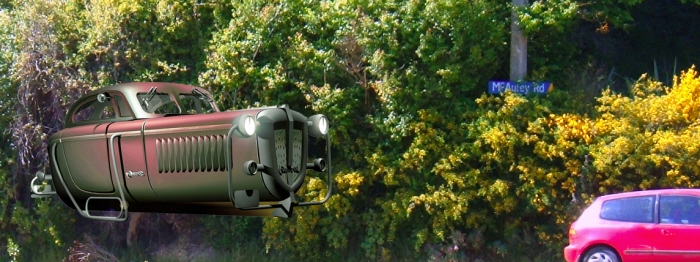
New Zealand has been using anti gravity since the 19th century, thanks to its accidental discovery through Invercargill farmer Gary Wilson in 1863 who, originally intending to construct a slow-cooker for lamb stew inside a shed behind his house, built the first ketone fission device known to southern man. As we now know, the concept never took off because of its inability to cross the equator, where ketone thrust inverts, leading to a sudden reversal of the vehicle's Z-coordinate orientation.









gLike